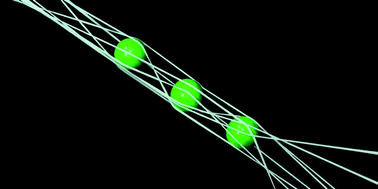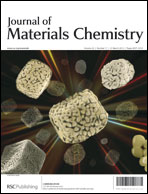With the addition of 1 wt% nanosilica, oriented polypropylene (PP) shows ultra-high tensile strength at break (≈ 320 MPa, stronger than unidirectional glass fiber (∼60 wt%)/PP composites and a low-carbon steel) through solid-state drawing strategy. When nano-SiO2 is present in the drawn PP, the aligned macromolecular chains in amorphous regions can be tied by the well distributed nanofillers to share the stress together. Above the critical content of nanoparticles or drawing ratio, the nanoparticles form a percolated network throughout the matrix, facilitating stress transfer in the amorphous phases during tensile test. Additionally, the nanoparticles favor microfibrillation of the polymer matrix mainly constituted by the crystalline phases. As a result, the high strength covalent bonds of macromolecules in both the amorphous and crystalline phases are brought into full play. Although successful application of adding nanofillers to strengthen polymers is widely spread in rubbers and gels, the increase in strength of semi-crystalline polymers by low aspect ratio nano-inclusion is insignificant up to now. The work is believed to open an avenue for reinforcing semi-crystalline polymers by nanoparticles.

You have access to this article
 Please wait while we load your content...
Something went wrong. Try again?
Please wait while we load your content...
Something went wrong. Try again?


 Please wait while we load your content...
Please wait while we load your content...